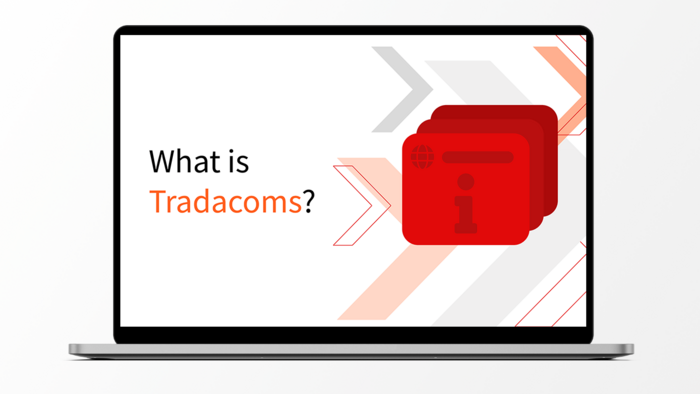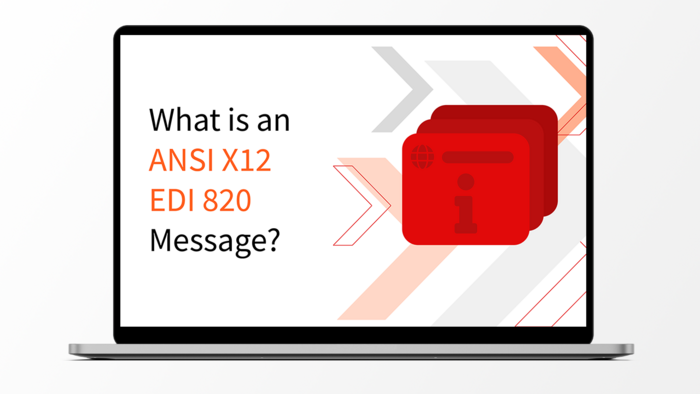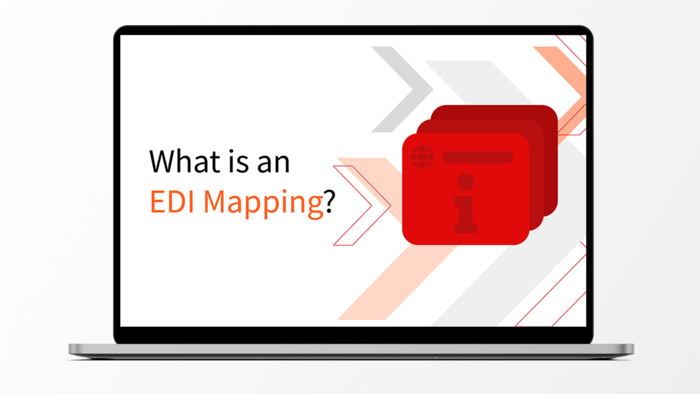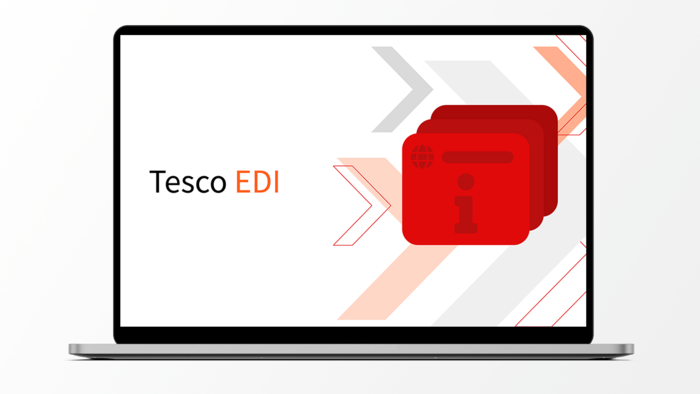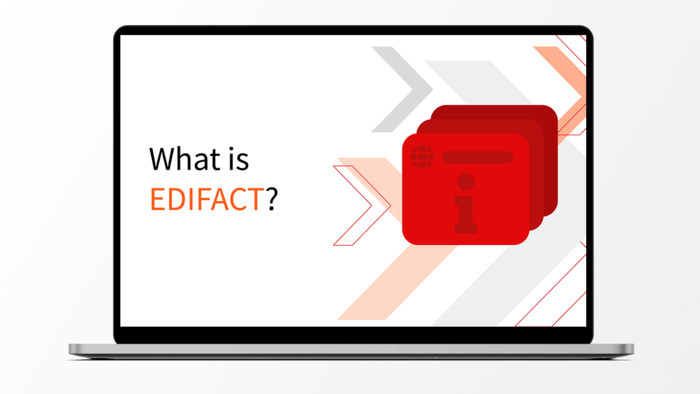
Resource Center Good to Know
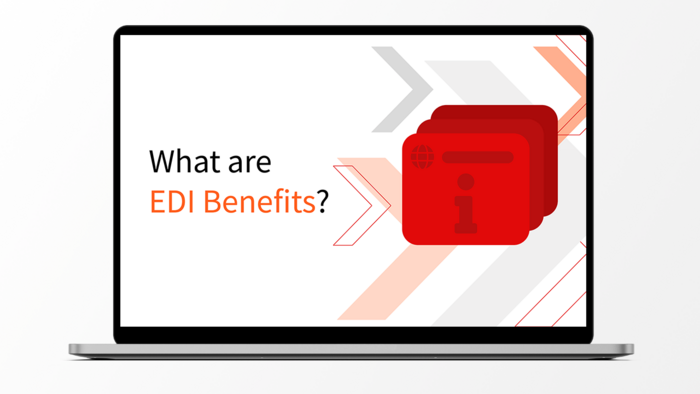
EDI allows electronic interchange of business information using standardized protocols and formats. These paperless business-to-business (B2B) transactions make EDI the standard of automating supply chain management (SCM) in many different industries.

WebEDI is a web interface for electronic data interchange (EDI). With WebEDI, companies and their business partners can participate in the EDI process and access delivery data in an Internet browser without the need for their own EDI system. The supplier enters data manually in a web portal, which is made available to the system operator in the…
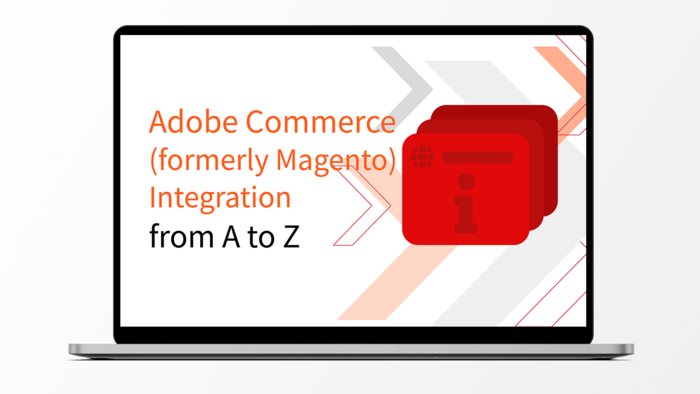
Many companies face the challenge of seamless Adobe Commerce (formerly Magento) integration. Why? Adobe Commerce (formerly Magento) has long been synonymous with e-commerce software. Even Gartner distinguished Magento. Adobe Commerce (formerly Magento) enables you to build seamless digital shopping experiences and connect different touchpoints.…

The EDIFACT DELFOR (DELivery FORecast) message is used in particular for exchanging delivery schedule information. A DELFOR message is an electronic planning schedule sent from the customer to the supplier. It follows the EDI message standard UN/EDIFACT and is a key message type for the electronic purchasing process in manufacturing industries.
…
The EDIFACT SLSRPT (SaLeS data REPort) message is used to inform trading partners of a wide range of sales data, such as product identification, pricing, location, and quantities for a specified period. This information enables the recipient to adjust their future production and planning requirements. It follows the EDI message standard…

An EDIFACT REMADV (REMittance ADVice) message is used by the customer to inform their supplier at the end of an EDI workflow when and how much money they will transfer for the received goods or services or that the transfer has just taken place.
The REMADV message follows the EDI message standard UN/EDIFACT and is used in conjunction with EDI…
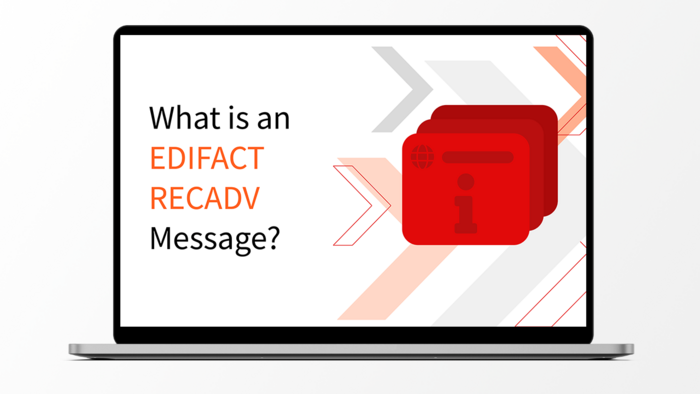
The EDIFACT RECADV (RECeiving ADVice) message is used to report the physical receipt of ordered goods. Along with received goods, the customer can also register any discrepancies from their expected order, such as product type, quantity, or packaging. With this information, the supplier can then adjust future invoices for this customer.

The EDIFACT PRICAT (PRIce / sales CATalog) message is used to distribute goods and services catalog data between a supplier and its customers. For example, a supplier could send a complete list of product descriptions, item codes, prices, and availability out to its customers, highlighting new and amended item specifics.
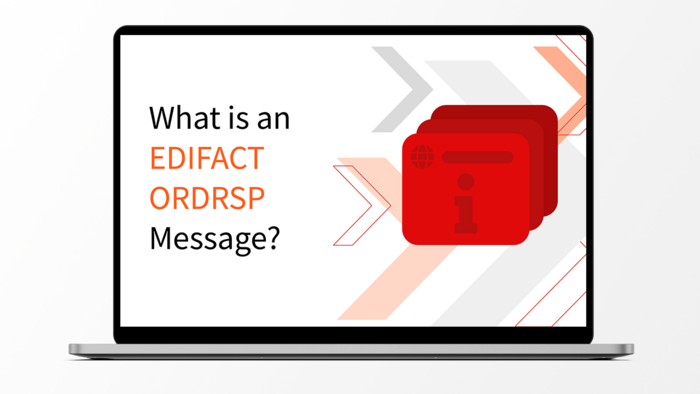
The EDIFACT ORDRSP (purchase ORDer ReSPonse) is a message sent from a seller to a buyer, responding to a previously sent Purchase Order message (ORDERS) or Purchase Order Change Request message (ORDCHG). It follows the EDI message standard UN/EDIFACT and is a crucial message type for the retail and manufacturing industries' electronic purchasing…
